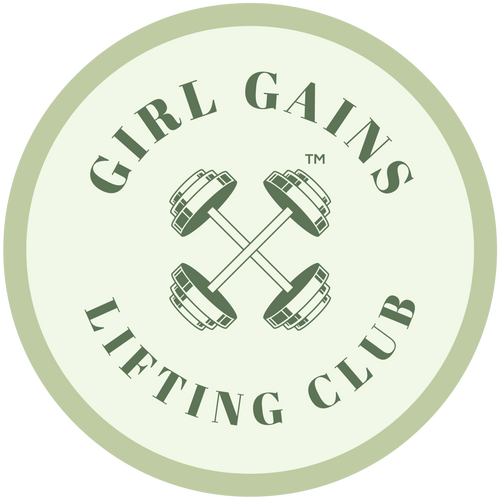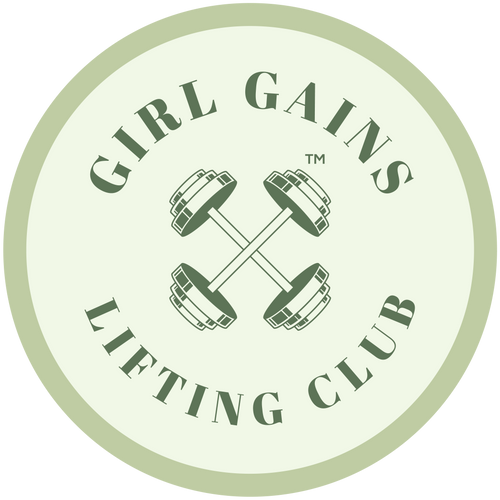![]() Avery Thomas
Avery Thomas
Making the decision to start therapy can be a daunting one. Between navigating insurance, choosing a therapist, and wondering what kind of feelings the whole process might bring up, it can be an overwhelming experience even if you know it’s the direction you want to go in. Most people who enter therapy for the first time end up in traditional “talk therapy”—basically, an approximately hour-long conversation between yourself and your therapist. For many people, talk therapy is incredibly beneficial, even just in the sense that you have someone to bounce ideas and thoughts off of.
However, talk therapy also isn’t the end-all, be-all of therapy. If you find yourself working with a talk therapist and not feeling the benefits, or feeling that you’re reaching a sort of plateau—you haven’t ‘failed’ at therapy by any means. Studies have shown that talk therapy isn’t for everyone, and that alternative types of therapy can actually be more helpful for people who are struggling with symptoms of OCD or PTSD, for instance.
When beginning any sort of therapy journey, it is important first and foremost to find a therapist that you feel emotionally safe with. This type of connection takes time to build, so don’t be discouraged if it doesn’t happen right away. The time and effort that it takes is worth it when you begin to feel the benefits of therapy in different areas of your life. Below are a few alternatives to talk therapy to explore with a licensed professional. Popular website Psychology Today is a great resource for finding licensed therapists outside the realm of talk therapy.
EMDR Therapy
EMDR therapy has seen a surge in popularity as knowledge of this method has become more widespread. It is also frequently mentioned in the popular psychology book The Body Keeps the Score. EMDR is an abbreviation for ‘eye movement desensitization and reprocessing’. At its core, EMDR therapy is performed by moving your eyes in a specific way while processing traumatic memories with your therapist. In this sense, EMDR therapy is particularly recommended for those who are struggling with PTSD or C-PTSD, as it helps patients to reframe and integrate their trauma into their own standard memories, over time making the traumatic memories less distressing.
The major benefits of EMDR therapy are undeniable, as it has been shown in more than 30 studies to be effective in reduction of PTSD symptoms, as well as other associated symptoms. It has also been shown, more recently, to be effective for treating other mental health conditions such as anxiety, depression, and psychosis.
While the benefits of EMDR therapy are life-changing for many, it is generally not considered smooth sailing the entire way through the process, and often takes several sessions to begin feeling relief. EMDR practitioners stress the importance of sticking with it through the discomfort associated with the first several sessions, and having a self-care routine to engage in post-session. The beginnings of EMDR therapy can bring on uncomfortable symptoms such as an increase of distressing memories, or the resurfacing of new traumatic memories. Daunting as that may be, the ultimate goal of a significant reduction in symptoms has been enough for many to stick with it and ultimately to feel safer in their bodies, minds, and in the world around them.
DBT
DBT, short for dialectical behavior therapy, is another form of therapy that has been on the rise in popularity as of late. It falls under the umbrella of cognitive behavior therapy, which helps to identify and change negative thinking patterns. DBT is most often recommended for people who struggle with personality disorders, mainly borderline personality disorder, but it is applicable to many mental health conditions ranging from anxiety to eating disorders (the eating disorder treatment center I was in used DBT worksheets frequently, and I still find them incredibly helpful!). One great thing about DBT is that it can start from home—many DBT workbooks can be found online, either as a free PDF or for purchase on websites like Amazon. The Dialectical Behavior Therapy Skills Workbook is one of the most popular therapeutic texts available today.
Somatic Therapy
Like DBT, somatic therapy is a therapeutic method that can be practiced at home, albeit in a more limited way. Somatic therapy focuses on the connection between mind and body, and encourages finding safety in the body that might have been taken away due to trauma or other mental health symptoms. Somatic therapy often involves some kind of gentle physical movement or tactile involvement, such as putting your bare feet on the grass and tuning into the sensation of it, or looking around and simply noticing your physical surroundings and the body sensations that come up as you notice them. Somatic therapy may also incorporate yoga, meditation, or even gentle pilates.
Somatic therapists posting exercises can often be found on TikTok (this is a resource I have used personally), but be sure to check that they are actually a licensed therapist before utilizing any of the techniques!
Expressive Arts Therapy
Expressive arts therapy is, essentially, exactly what it sounds like. It taps into our innate desire as humans to create, and incorporates a wide range of artistic avenues such as listening to music, writing poetry, drawing, painting, sculpting, or dancing (just to name a few). Expressive arts therapy is helpful for gicing life meaning, and helping patients engage more effectively with family or other significant people in their life. It can also help with tapping into the ‘inner child’, to use a term that is so frequently used today.
Expressing yourself through artistic pursuits in a therapeutic environment without the pressure of striving for ‘perfection’ can certainly help access a more care-free part of yourself that you may feel was long forgotten in childhood. Expressive arts therapists will also frequently offer some kind of prompt for artistic creation—for example, choosing a song to listen to that reminds you of an important event in your life, or making a painting of something to represent what you hope your life will be like in the future.

Welcome to the Girl Gains Publication 💌
We highlight inspiring, educational, and entertaining articles written by women for women. Happy reading!

